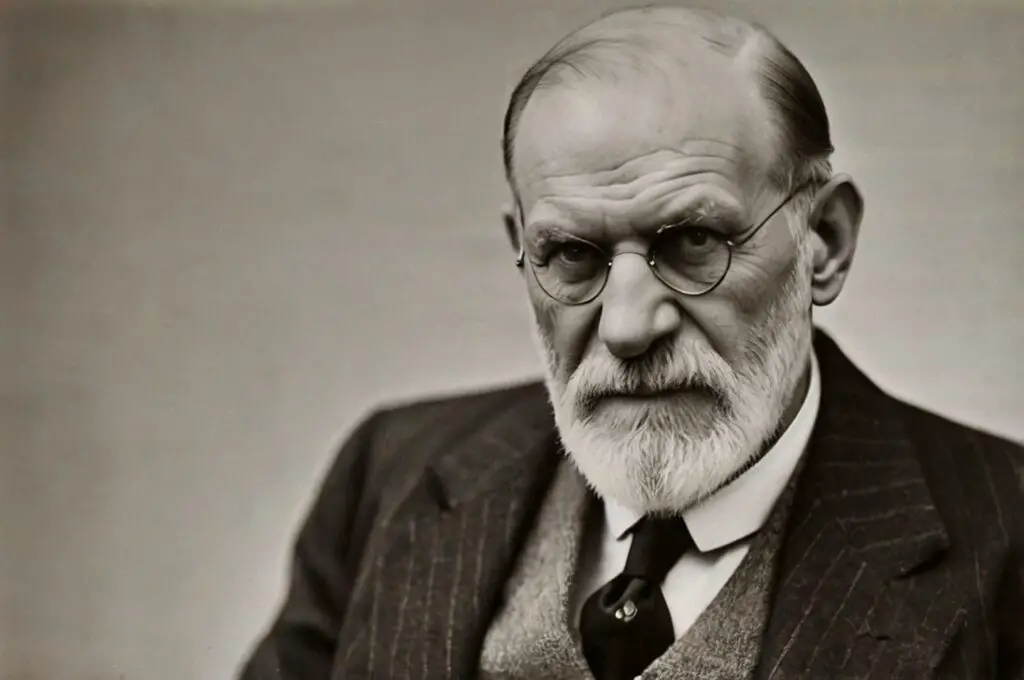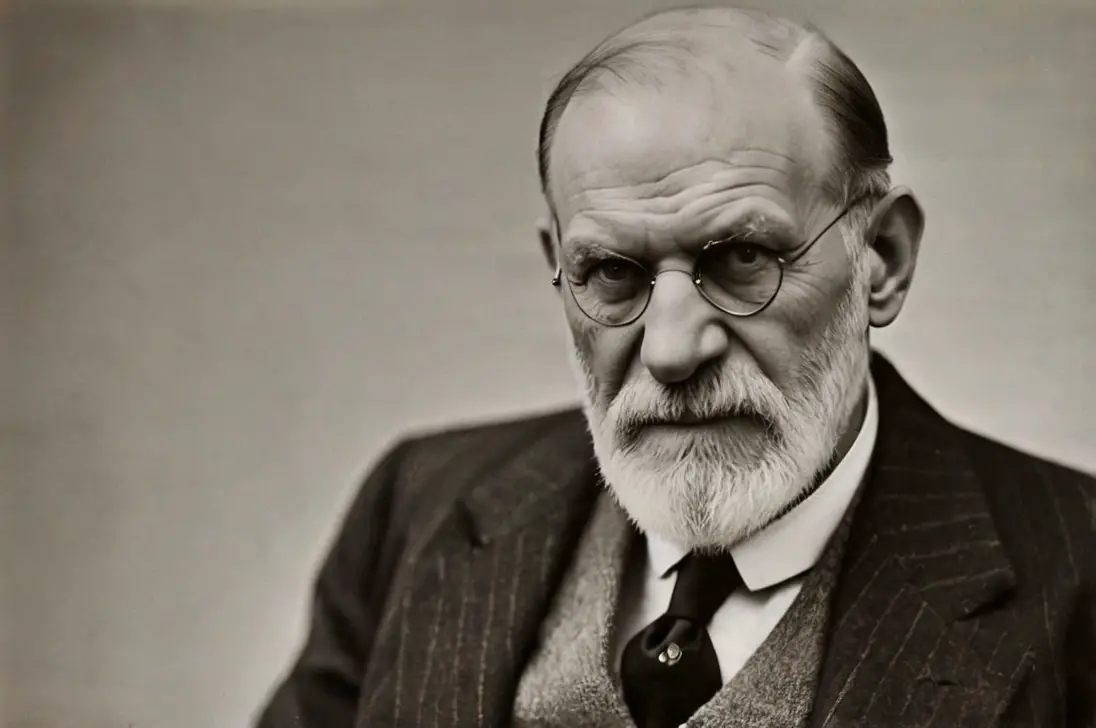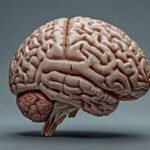
Freud’s theory of psychoanalytic development is a cornerstone of psychological thought.
It offers a framework for understanding how our early experiences shape our personality, behavior, and mental health.
While some of Freud’s ideas may seem outdated today, his contributions to psychology cannot be understated.
In this article, we will delve into the core concepts of Freud’s theory, exploring how they continue to resonate in contemporary discussions about human development.
What is Psychoanalysis?
Psychoanalysis is a theory of mind and a therapeutic technique developed by Sigmund Freud in the late 19th and early 20th centuries.
At its core, psychoanalysis seeks to explore the unconscious mind—an area of our psyche that harbors desires, fears, and memories outside of our conscious awareness.
Freud believed that bringing these unconscious elements to the surface could help individuals understand their behavior and resolve deep-seated psychological conflicts.
Psychoanalysis is not just a theory but also a method of therapy.
Through techniques like free association, dream analysis, and transference, therapists aim to uncover unconscious material and help patients achieve insight into their issues.

The Structure of the Mind
Freud proposed that the human mind is structured into three distinct parts: the Id, the Ego, and the Superego.
Each plays a unique role in shaping our thoughts, behaviors, and personality.
Id: The primitive, instinctual part of the mind
The Id is the most primitive part of the mind, present from birth.
It operates on the pleasure principle, seeking immediate gratification for our basic needs and desires.
The Id is entirely unconscious, and its demands can be irrational and socially unacceptable.
It is the source of our most basic instincts, including hunger, thirst, and sexual desire.
Ego: The rational, logical part of the mind
The Ego develops around the age of two or three and operates on the reality principle.
It serves as a mediator between the Id and the external world, helping us navigate reality in a way that satisfies our desires while considering social norms and consequences.
The Ego is responsible for decision-making and employs defense mechanisms to manage conflicts between the Id and the Superego.
Superego: The moral component of the mind
The Superego emerges around the age of five and represents the internalization of societal and parental standards.
It is the moral compass of the mind, guiding us toward ethical behavior and away from actions that are considered wrong or immoral.
The Superego strives for perfection and can be critical of the Ego when it fails to meet its standards.

Stages of Psychosexual Development
Freud’s theory of psychosexual development posits that children pass through a series of stages, each focused on a different erogenous zone.
The way these stages are navigated can have a lasting impact on personality and behavior.
Oral stage (0-1.5 years)
The Oral Stage is the first stage of psychosexual development, occurring from birth to about 18 months.
During this stage, the infant’s pleasure centers around the mouth, with activities like sucking, biting, and breastfeeding playing a crucial role.
Freud believed that experiences during this stage could lead to oral fixations later in life, such as smoking, overeating, or nail-biting.
Anal stage (1.5-3 years)
The Anal Stage follows, typically between the ages of 1.5 and 3 years.
During this stage, the child’s focus shifts to the anus, and the process of toilet training becomes a central issue.
Freud suggested that the way parents handle toilet training can influence the child’s personality.
A strict or overly lenient approach could result in an “anal-retentive” or “anal-expulsive” personality, characterized by traits like orderliness or messiness.
Phallic stage (3-5 years)
The Phallic Stage occurs between the ages of 3 and 5 years and is centered around the genitals.
Freud introduced the controversial concept of the Oedipus complex during this stage, where a child feels a subconscious sexual attraction to the opposite-sex parent and rivalry with the same-sex parent.
The resolution of these feelings is crucial for the development of a healthy adult personality.
Latency stage (5-12 years)
The Latency Stage spans from about 5 to 12 years old, during which sexual impulses are repressed, and the child’s focus shifts to socialization, learning, and developing friendships.
Freud believed this period was critical for the development of communication skills and self-confidence.
Genital stage (12+ years)
The final stage, the Genital Stage, begins at puberty and lasts throughout adulthood.
During this stage, sexual impulses re-emerge, but they are now directed toward mature, adult relationships.
Successful navigation of this stage leads to a well-balanced, healthy individual capable of forming satisfying relationships.

Technique of Psychoanalysis
Freud developed several techniques to access the unconscious mind and help patients understand their inner conflicts.
Some of the most notable techniques include:
Free association
This technique is like giving the mind a chance to speak its mind without any filters.
In free association, patients are encouraged to talk about whatever comes to mind, no matter how trivial or unrelated it might seem.
The idea is that by letting thoughts flow freely, without self-censorship, hidden or unconscious thoughts and feelings will surface.
This can reveal deeper insights into a person’s emotional struggles, fears, and desires that might not be immediately apparent.
Dream analysis
Freud considered dreams to be a direct gateway to the unconscious mind.
He believed that dreams are filled with symbols and hidden meanings that reflect our inner thoughts and conflicts.
By analyzing dreams, therapists can uncover what the dream symbols and narratives represent about the patient’s emotions and experiences.
Transference
In the therapeutic relationship, transference occurs when patients project their feelings about significant people in their past onto the therapist.
For instance, a patient might start to see the therapist as a parental figure and react to them with the same emotions they would have toward their own parents.
This projection can reveal a lot about the patient’s unresolved issues and relationships.

Criticisms of Freud’s Theories
Despite Freud’s profound influence on psychology, his theories have faced significant criticism over the years.
Some of the main critiques include:
Lack of scientific evidence
One of the major criticisms of Freud’s theories is that many of his ideas lack solid scientific backing.
For instance, concepts like the Oedipus complex and his stages of psychosexual development are challenging to test or measure in a scientific way.
This means that there isn’t strong empirical evidence—data collected through experiments or observations—to support these theories.
Overemphasis on sexuality
Freud’s theories place a heavy emphasis on sexuality as a key driver of personality development.
He proposed that various stages of psychosexual development—like the oral, anal, and phallic stages—play crucial roles in shaping who we become as adults.
Critics feel this focus on sexual development is too narrow and doesn’t account for other important aspects of human experience, such as social and cultural influences.
Gender bias
Freud’s theories have also been criticized for reflecting outdated gender roles and biases.
For example, the concept of “penis envy” suggests that women feel inferior or envious because they lack a penis, which many see as a sign of Freud’s male-centric view of psychology.
Critics argue that these ideas are rooted in historical gender biases and do not accurately represent the experiences or psychological development of women.
Final Thoughts
Freud’s theory of psychoanalytic development remains a foundational aspect of psychological thought, despite the controversies surrounding it.
His ideas about the structure of the mind and the stages of psychosexual development have sparked debates and inspired further research in psychology.
While some of Freud’s theories may seem antiquated today, his contributions continue to shape our understanding of human behavior and mental health.



